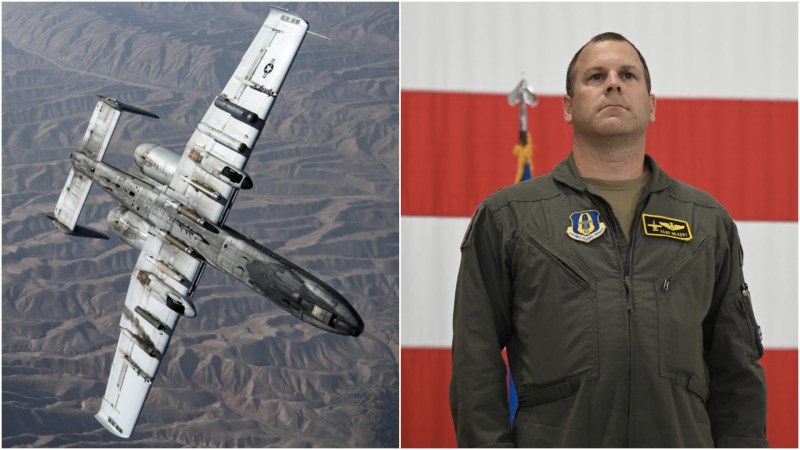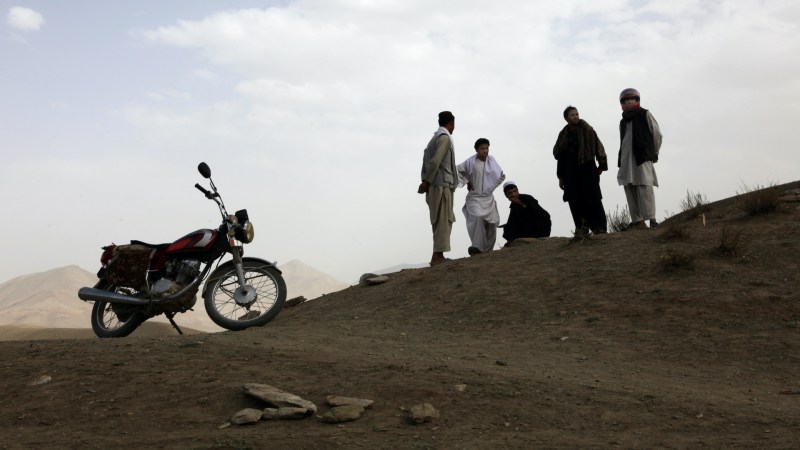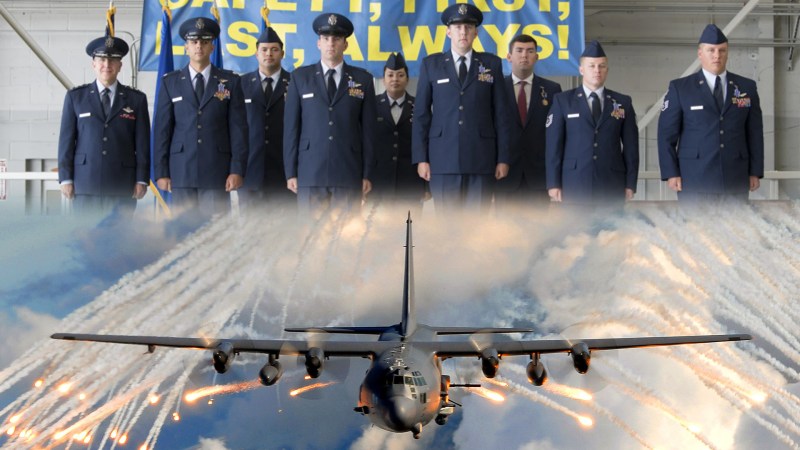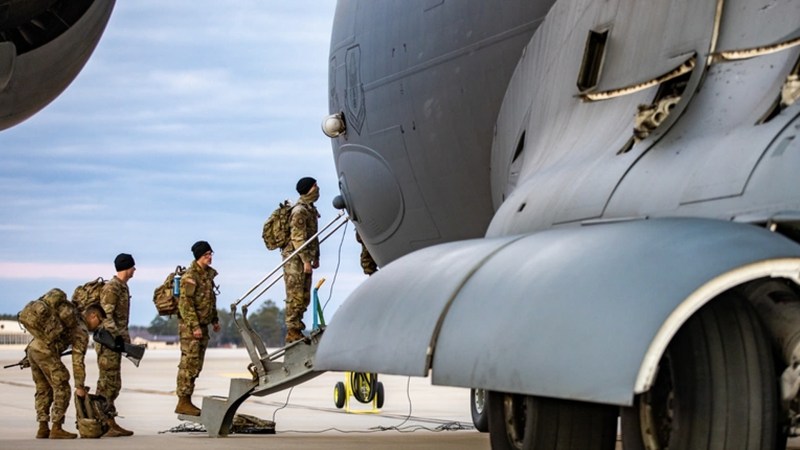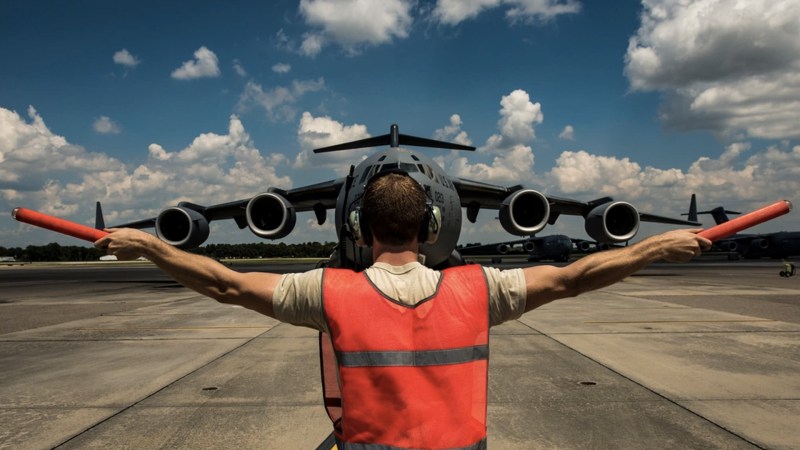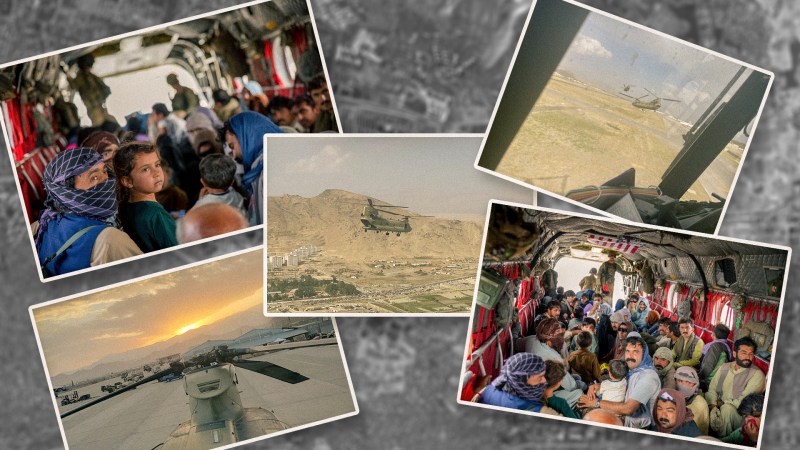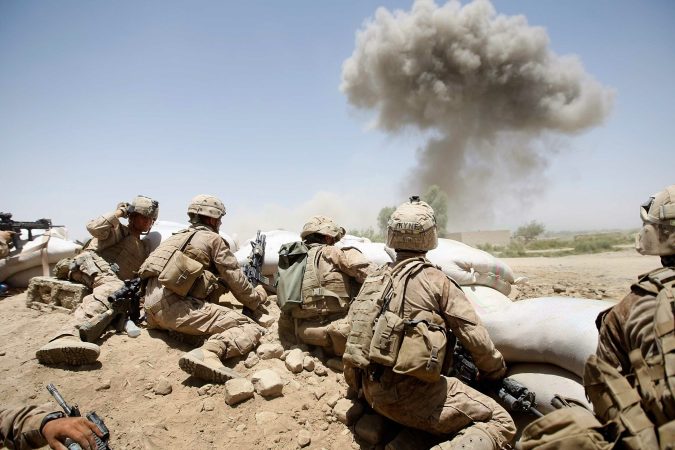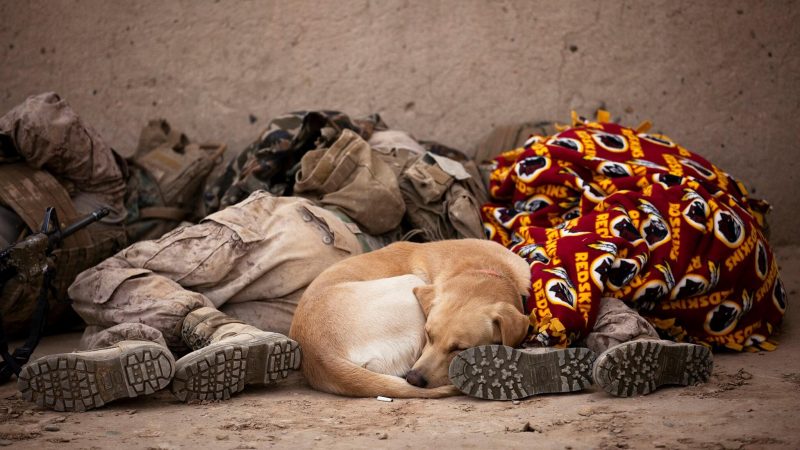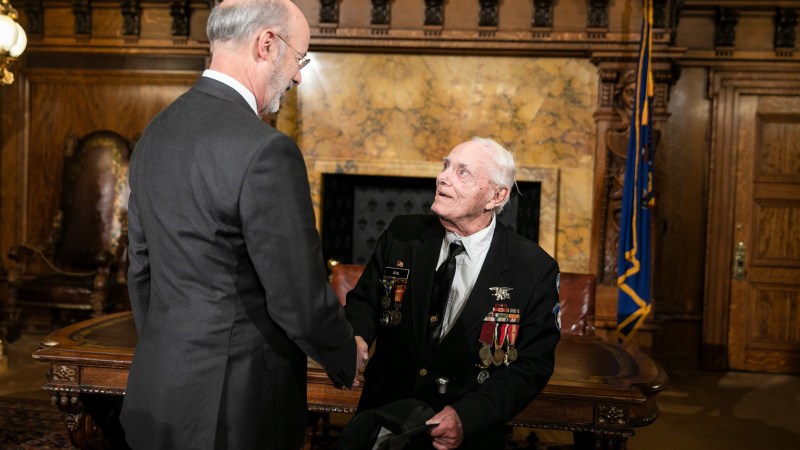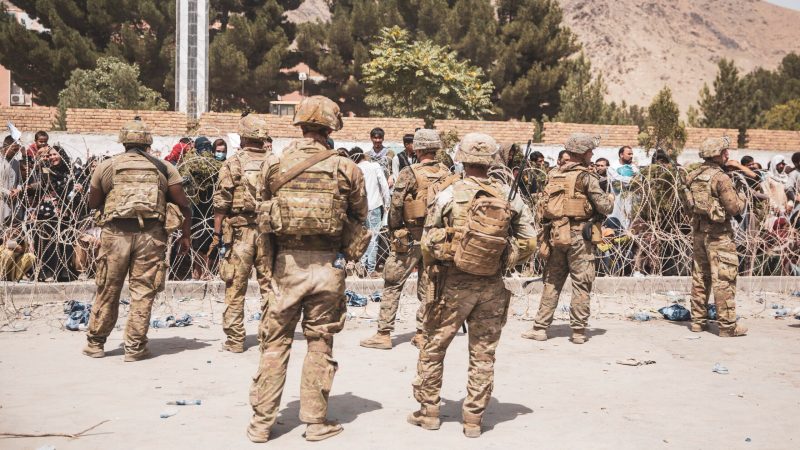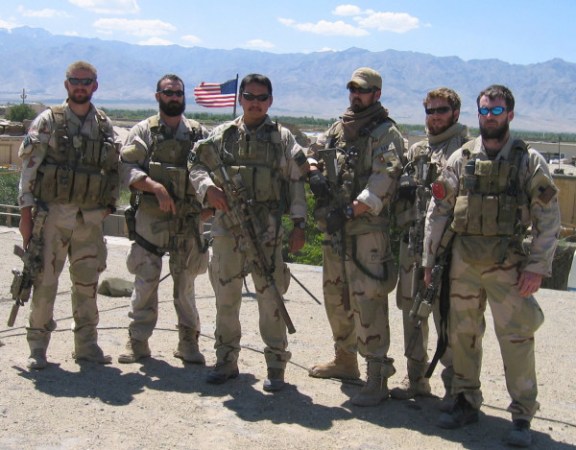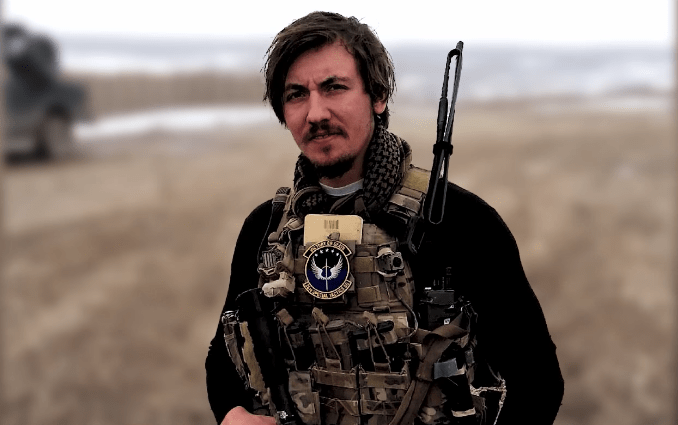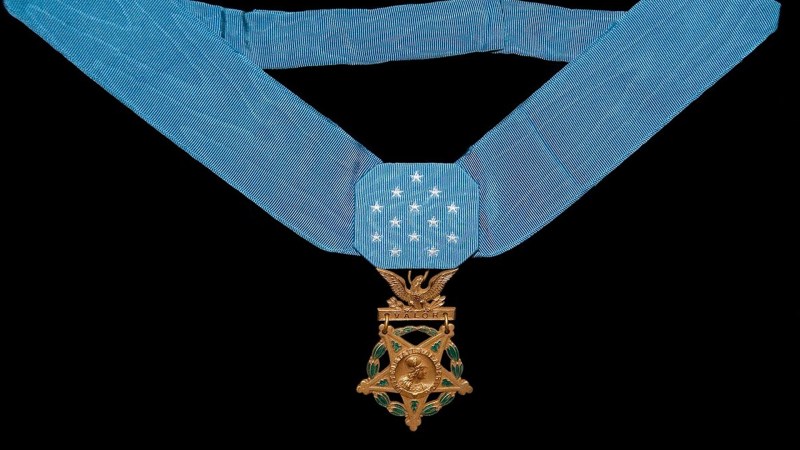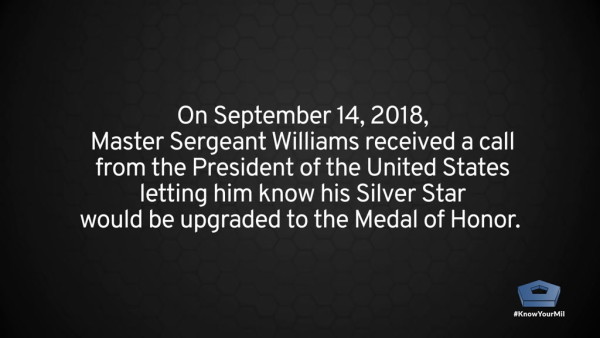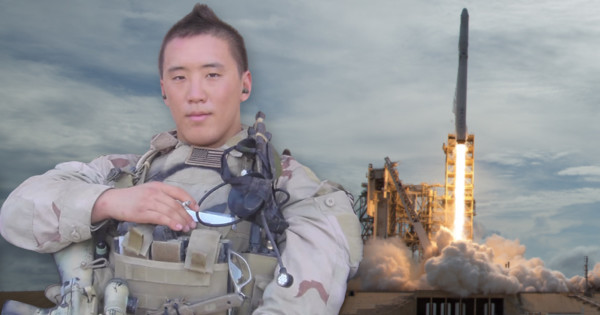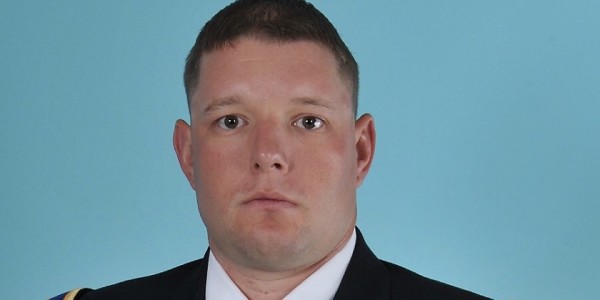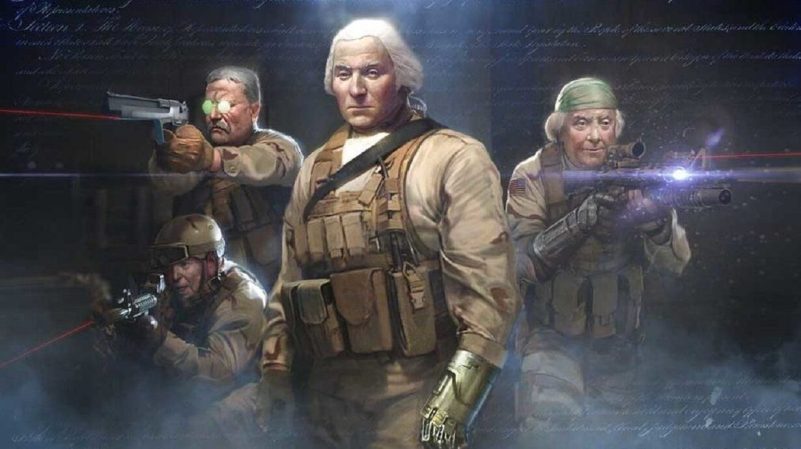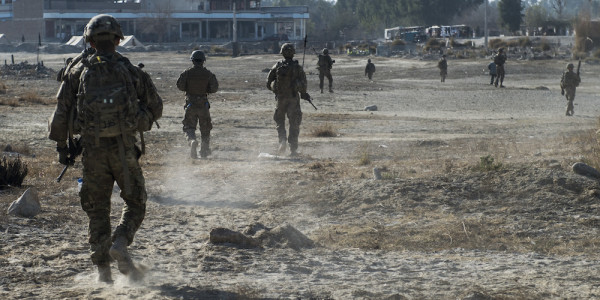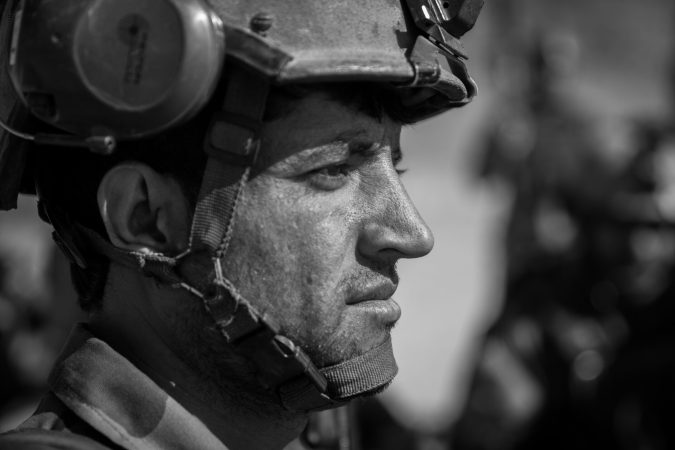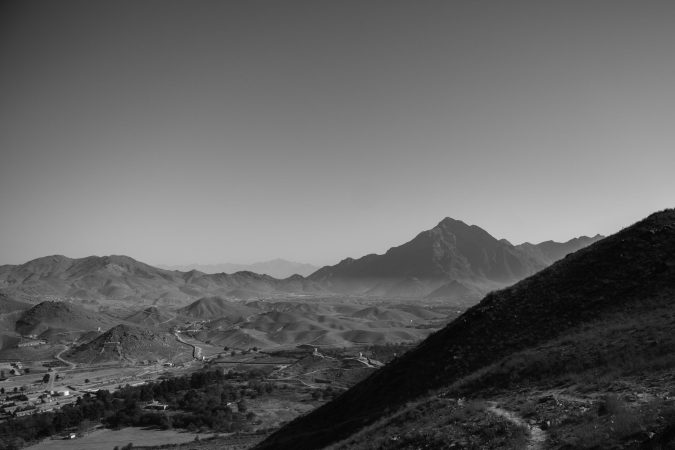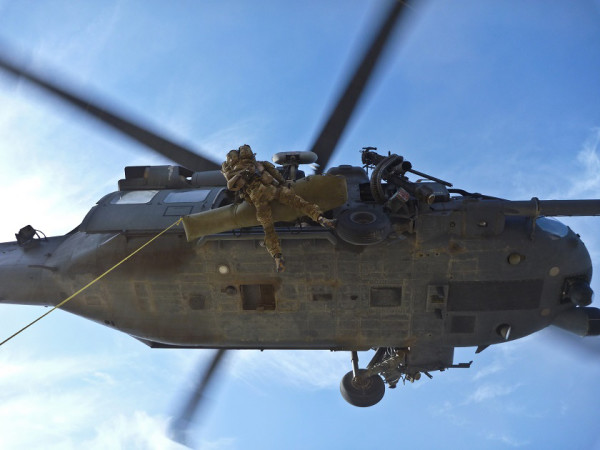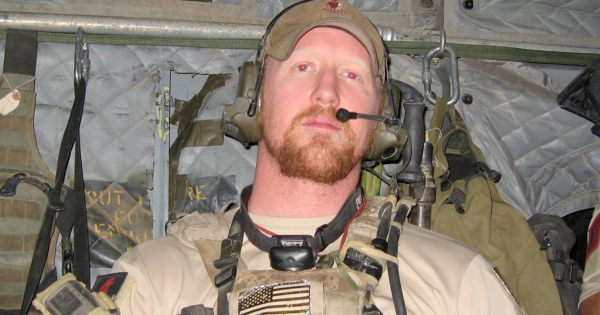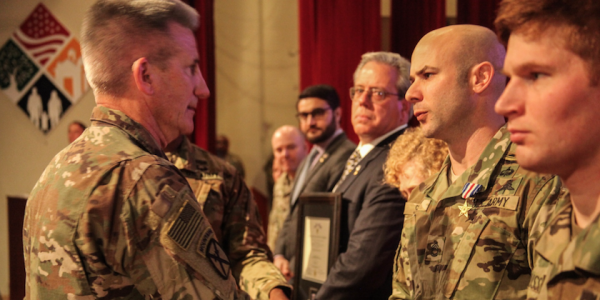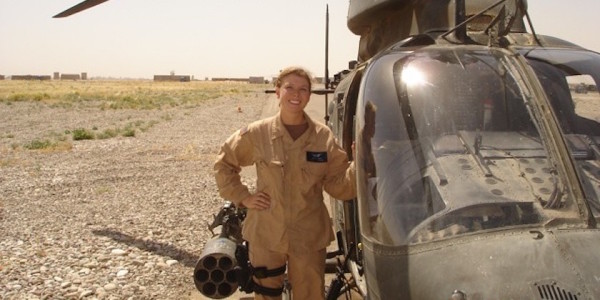Editor’s note: This story originally appeared in October 2017.
On a moonless night, an Army Chinook helicopter swept low over the Tangi Valley, a strip of forbidding terrain in eastern Afghanistan teeming with Taliban and located just 35 miles south of Kabul.
Among the 38 occupants inside the Chinook were some of the most highly trained and battle-seasoned fighters in the U.S. military, including 15 commandos from the Navy’s SEAL Team 6, the unit that three months earlier had killed Osama bin Laden. Their target was a Taliban commander responsible for ambushes and other attacks against U.S. and Afghan forces.
Missions like this one to insert or remove an assault force are the military equivalent of a perfect 10 in the Olympics — equal parts skill, experience and daring.
Flying low, the pilots have to maneuver a machine weighing up to 50,000 pounds over mountains, under cover of darkness, in swirling wind and dust, wearing night vision goggles. Then they have to stick the landing. At any moment, they could come under rocket attack.
Despite the risk, operations like these were taking place with such frequency in Afghanistan they only made news when they produced a spectacular success, like the bin Laden mission. Or when something went terribly wrong.
On this night, Aug. 6, 2011, something went terribly wrong. And to this day, people are still debating what really happened.
The Texas commander
Justin “Buddy” Lee will never forget that night six years ago. Lee is 36 now, a civil attorney in Dallas, a world away from Afghanistan. He grew up in Tyler, went to Texas A&M;, joined the Corps of Cadets and stared in shock at the news that two planes slammed into the World Trade Center and another into the Pentagon on Sept. 11, 2001. That same day he obtained a medical waiver he needed to pursue an Army commission — to serve an eight-year hitch before going to law school. A junior, he was ready to fight, but the war would be over, he figured, before he even got out of college.
Lee earned his wings at Fort Rucker, Ala., then deployed to Pakistan, where he did humanitarian missions, learning to fly into and out of mountainous terrain.
In 2006, he was called into Afghanistan, where he turned 25. He would eventually do two tours and become commander of a Chinook unit during his second deployment in 2011.
Hs unit called itself “Extortion Company.” One of his Chinooks, flying under the call sign Extortion 17 (“one-seven”), was tasked with the special operations mission the night of Aug. 6. He knew the pilots and crew members aboard Extortion 17. They were part of his command. He would not have hesitated to fly with any of them.
Lee had just flown the night before on a similar mission with one of the pilots, David Carter. A chief warrant officer 5, a member of the Colorado National Guard, Carter had over 4,500 flying hours, including more than 1,000 hours during combat deployments in Iraq and Afghanistan. He taught helicopter pilots how to fly in high altitudes at an aviation training site in Colorado.
“He was probably in the top 1 percent of Army aviators,” Lee said. “The guy was incredibly skilled.”
The co-pilot, Bryan Nichols, was one of Lee’s closest friends in the Chinook company. They were part of the same Army Reserve unit, 7th Battalion, 158th Aviation Regiment based in Gardner, Kan. Nichols, with three combat tours of duty, also had plenty of experience flying dangerous missions.
Joining the 15 members of SEAL Team 6, two pilots and three-man crew inside Extortion 17: ten other Navy and Air Force personnel, eight Afghans and a combat assault dog named Bart.
That night, nearly 10 years after the U.S. had gone to war in Afghanistan, Lee believed they were the best team for this dangerous mission.
Extreme conditions
Nothing tests the capabilities of a young helicopter pilot like flying in the extreme conditions of Afghanistan.
“So much of the war is fought in areas where these helicopters have to fly at high altitudes,” where the thin air can strain the performance of the engines and rotor blades, said Ed Darack, author of the recently published book, The Final Mission of Extortion 17: Special Ops, Helicopter Support, SEAL Team Six and the Deadliest Day of the U.S. War in Afghanistan. (Smithsonian Books, September 2017).
A typical combat mission in Afghanistan leaves little margin for error, requiring Chinook pilots to land on tiny, makeshift sites on mountain slopes where any tree, bush or rock could be hiding an enemy fighter with a rocket-propelled grenade launcher.
“They’re going after in very hostile environments, who know the terrain very well, who know the battlescape very well,” Darack said. “It requires the highest level of skills from the pilots … because they are some of the most dangerous operations.”
Every mission is potentially life-threatening.
“The reality is, every time a helicopter lifts off the ground in a war zone, it might get shot down,” Darack said. “There is still a tremendous level of chance for a tragedy of such huge magnitude.”
Chinook workhorse
The workhorse in Army aviation, the tandem rotor, heavy-lift Chinook helicopter is used for carrying troops, equipment, supplies and even the mail. The Chinook is often used to assist in disaster relief, delivering food and water after earthquakes and floods.
In combat, its mission is to transport large teams of elite assault troops, including Army Rangers and Navy SEALs, to and from the battlefield.
On such missions, the Chinook pilots nearly always fly at night, wearing night vision goggles, or NVGs. While the goggles are better than nothing, they turn everything green, distort depth perception and limit peripheral vision.
“It’s like taking a paper towel roll, cutting it in half and strapping it to your eye,” Lee said.
Landing in deserts or mountainsides, the helicopter rotors kick up clouds of sand and dust, causing brownouts that can blind a pilot.
“I had to learn how to land while browned-out, wearing NVGs, on the side of a mountain or an uneven field,” Lee said. “It’s crazy how many times I can think of where me or the guys I was with had to do that.”
On his first deployment, he felt fortunate to be surrounded by veteran pilots he could learn from. “We had guys who had flown in Desert Storm, guys who had just come off active duty,” Lee said.
“The sheer amount of experience with our pilots, flight engineers and back-seaters and mechanics offered a wealth of knowledge,” he said. “We were told at that time we were the first unit to make it through a rotation without having anyone killed.”
Bin Laden killed
Lee’s second deployment started in May of 2011. The night before he left to go to Fort Hood, where he would board a plane to Afghanistan, the biggest event of the 10-year war occurred: Osama bin Laden was killed in Pakistan during a raid by Navy SEALs.
Lee’s wife, Christy, hoped the news would bring a sudden end to the war. She had just given birth to their first child. In fact, the conflict was heating up.
Lee, now a captain, was placed in command of a Chinook helicopter unit at Forward Operating Base Shank. Located in a remote and dangerous province in eastern Afghanistan, the base was the target of near-constant rocket attacks from Taliban insurgents. Six weeks into his deployment, Lee experienced his worst day as a helicopter pilot to that point.
That June, the U.S. military launched Operation Hammer Down to drive out insurgents entrenched in remote strongholds of eastern Afghanistan. Lee and his friend Bryan Nichols flew their Chinook into battle several times the first night, dropping off troops at a landing zone (“LZ”) almost 10,000 feet above sea level.
“The hardest LZ I’d ever been into,” Lee said.
The next night, the pair had orders to drop off more troops in the same spot. As they made their approach, there was a line of thunderstorms nearby. Winds whipped through the fir trees. As they started their descent, Lee heard a loud popping noise. The aircraft jerked. “I thought I hit a tree,”he said.
The helicopter plunged tail first. A catastrophic crash seemed unavoidable. “I was terrified. I didn’t want to die.”
He remembered the words of his old flight instructor: “Never stop flying the aircraft.”
He pushed hard on the cyclic stick to tilt the helicopter forward. As he did, he felt the craft leveling off. The Chinook smashed into the ground, the force ripping off his goggles. The front rotor shattered, and the back pylon sheared off. One of the engines flew off, and the other caught fire. It was a hard landing, but it would have been worse if they had landed tail first.
About a dozen of the 33 troops in the back of the helicopter suffered broken bones, heavy bruises and scrapes. But no one died. The worst of the wounded was one of Lee’s crew members, who suffered what was later diagnosed as a severe traumatic brain injury.
Two investigations of the incident proved inconclusive. Whether enemy fire brought down the Chinook or a tree strike would never be known for sure.
For Lee, there was no time to reflect on how close he had come to dying. The tempo of the missions did not decrease. Neither did the risk he and his pilots faced every night.
Fallen angel
Six weeks later, at around 10:40 p.m., an assault team of Army Rangers and Afghan special operations forces were dropped into an LZ on a mission to capture or kill a Taliban commander named Qari Tahir, who had been responsible for a series of attacks and ambushes in the Tangi Valley, not far from Shank.
That assault team captured Tahir’s compound and some of his men. But Tahir and a group of his fighters escaped. The mission’s commanders decided to insert another team to go after Tahir while the Rangers held the compound.
Darack did extensive research of what happened next. The quick reaction force included SEAL Team 6 and other special operations personnel. The team boarded Extortion 17 with Dave Carter and Bryan Nichols at the controls. The Chinook headed to a different landing zone than the first assault team — one in the narrowest part of the Tangi Valley.
“You never want to use the same landing zone twice,” Darack said. “ You also want to come in from a different direction for the element of surprise.”
The landing zone was small, and the commanders didn’t want to split up the strike force. So the whole team went in one Chinook helicopter — Extortion 17. As is routine on such missions, two Apache attack helicopters provided extra cover and security for Extortion 17, while circling above was an AC-130 aircraft, a gunship that also provides surveillance.
At the pilots’ request, the AC-130 flashed an infrared spotlight, which could be seen only through night vision goggles, to light up the landing zone.
In the dark
Nearby, there were two enemy fighters with rocket-propelled grenade launchers. “The insurgents had no way of knowing the helicopter would be coming in, at the speed it was coming and at the altitude,” Darack said.
“They heard a helicopter coming, they grabbed their RPGs, and they fired in quick succession,” Darack said.
They got lucky.
The first grenade missed Extortion 17. The Taliban shot at the Chinooks all the time with RPGs and rifles, Darack said. “It’s almost always a miss.”
The second shot hit the rear tail rotor assembly.
Around 2:40 a.m., an Apache pilot flying in support came on the radio and shouted: “Fallen Angel. Fallen Angel.”
Lee heard the call, and he knew what it meant.
The RPG that struck Extortion 17 threw the helicopter into an uncontrollable spin.
“The extreme G-forces killed everyone on board within a fraction of a second,” Darack said.
The shootdown was the single, deadliest loss of U.S. forces in the war.
Conspiracy theories
Conspiracy theories started almost immediately.
An Afghan official, speaking anonymously a few days after the attack, speculated that the Taliban had laid a trap, that they had purposely put out false information about a meeting involving the Taliban commander.
Some news stories reported that investigators couldn’t find the helicopter’s “black box,” referring to the flight data recorder and cockpit voice recorder. The helicopter crashed into a creek bed and a flash flood shortly afterward washed away some parts of the wreckage.
But the CH-47D has neither a flight nor voice recorder, only an engine performance data recorder for maintenance.
The conspiracy theories didn’t bother Lee at first. He was too busy. But over time, they became more disturbing, including one that suggested the Taliban had been tipped off by someone inside the Afghan government as revenge for bin Laden’s killing.
“Just as ridiculous as saying [President George W.] Bush was responsible for 9/11,” Lee said.
An official investigation found no evidence of a pre-planned ambush, though it did suggest that other helicopter activity in the area could have tipped off Taliban fighters that more helicopters could be approaching, according to the report.
“This was preventable only if they just had not taken off that night,” Lee said. “If this was survivable, that was the right crew to have. There was a lot of experience in that cockpit, the flight engineers and the door gunners. It was a good crew, it really was. One of the best crews in my company. It wasn’t preventable. It just wasn’t.”
Finding meaning
Lee remained in Afghanistan flying combat missions for another eight months before returning home in the spring of 2012. He finished his contract with the Army shortly afterward, and that September enrolled in Southern Methodist University’s Dedman School of Law.
For the last two years, he’s been an attorney with the law firm Jackson Walker. When asked what lessons Americans can draw from the crash of Extortion 17, Lee’s answer is simple: Americans should care about what happens in Afghanistan because they’ve sent Americans to war there.
“We’re asking people to do incredible things. We’re handing rifles to 20-year-olds and asking them to shoot people. And that’s fine; that’s what you signed up for,” Lee said. “But at least you should care about them and appreciate what we’re asking of them.”
Caring is more than just slapping a bumper sticker on your car, he said. It means being informed.
“No one is planting victory gardens, and we’re not rationing. But we are still sending people to another country to fight, and we need to understand why we’re doing that,” he said.
As for himself, he speaks out about Extortion 17 because he wants to remember the men on that mission. On his right wrist, he wears a bracelet with the names of the five crew members of Extortion 17.
“One of the things I vowed, I will never forget. I will never forget what they did,” he said.
“Over time, certain memories will fade, certain details will fade. But one thing that doesn’t fade is never forgetting what they did.”
—
©2017 The Dallas Morning News. Distributed by Tribune Content Agency, LLC.

